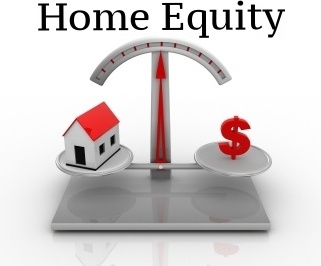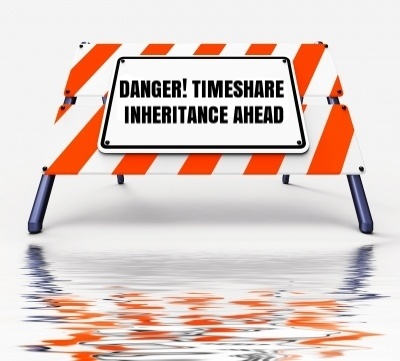 Home equity is how much more your home is worth than what you owe on it. Negative equity, also called being underwater or upside down, means you owe more on your mortgage loan than the home is worth. The value of a home changes based on things like supply and demand for real estate and the health of the economy.
Home equity is how much more your home is worth than what you owe on it. Negative equity, also called being underwater or upside down, means you owe more on your mortgage loan than the home is worth. The value of a home changes based on things like supply and demand for real estate and the health of the economy.
When people purchase a home they expect the value of their home to rise steadily. Their only concern is how much and how quickly it will do so. For many people, concerns are much different after they become homeowners.
Determining Your Equity
You probably know exactly how much you owe on your mortgage loan because you get a statement from the bank every month. But the market value of your home isn't an immediate concern unless you're trying to sell it or it becomes unaffordable. If that's you, or you're just curious, you can go here, put in your address, and get a free estimate of your home's value.
The above link is not a proper appraisal, but it can give you a general idea of where you stand. If your estimate says your home is worth $150,000 less than the outstanding balance on your loan, that could be an indication that property values in your area have dropped pretty significantly.
What Do You Do About Negative Equity?
Of course you'd prefer your biggest investment to increase in value, but it's not all that bad as long as you can afford the monthly mortgage payment and want to stay in the home for the foreseeable future. You should eventually have equity from paying down principal and rising property values.
Many people lose equity in their home at the worst possible time, which is when they've also lost their job and value in their investments. That's exactly what's happened to millions of people since the housing market crashed from its peak. They're in the worst possible situation: they have negative equity so they can't sell the home, but they also can't afford to keep it as is. So what can they do to avoid foreclosure? There are options.
Alternatives to Foreclosure for Homeowners with Negative Equity
Refinance. Refinancing usually requires the homeowner to have equity, but the federal government's Home Affordable Refinance Program (HARP) allows qualified borrowers to refinance their underwater loan. The loan must be owned by Fannie Mae or Freddie Mac and the borrower should not have missed any payments in the 12 months before refinancing. More details on qualifying can be found at harp.gov.
Leave the home through a short sale or deed in lieu of foreclosure agreement. A short sale is when the lender agrees to let the home be sold for less than is owed on the loan. The process can take some time and effort, but banks are open to solutions that cost them less than foreclosure. A deed in lieu of foreclosure agreement allows you to give ownership of your home to the bank in exchange for letting you out of your loan. Remember to get a deficiency judgment waiver with either of these agreements or else you could be responsible for paying the deficient amount.
Apply for a loan modification. This involves permanently changing one or more of the terms of your loan to make the monthly payment more affordable. This is the only options for homeowners who are in default and don't have the income to afford their mortgage payments. Lenders may modify a loan under terms of the government's Home Affordable Modification Program (HAMP) or with in-house programs. Loan modification applications are complex and most homeowners who apply on their own are denied.
How Many People Have Negative Equity?
You have a lot of company if you're underwater on your home loan and in need of a foreclosure alternative. At its worst, negative equity in the United States peaked in 2012 at a whopping 31.4% of all homes, but as of the third quarter of 2015 it was down to 13.4%.
The effective negative equity rate, which includes homeowners who have some equity but not enough to sell their home, make a down payment, and pay closing costs on another property, is 30.2%. There is obviously still a lot of room for improvement.
 Fortunately the trend is that homeowners nationwide are gaining value in their homes. In 2015 total home equity in the country increased by $1 trillion. Despite that good news a recent survey found that homeowners are underestimating the amount of equity they have in their home.
Fortunately the trend is that homeowners nationwide are gaining value in their homes. In 2015 total home equity in the country increased by $1 trillion. Despite that good news a recent survey found that homeowners are underestimating the amount of equity they have in their home.
The perception that home values are less than what they really are shows why it's so important to make decisions based on real data and to work with qualified professionals. Don't assume your home is worth less than it is or that bankruptcy or foreclosure is inevitable, which is what can happen when you assume or get help from someone with little experience helping people in your situation.
Images courtesy of renjith krishnan and cooldesign at FreeDigitalPhotos.net










